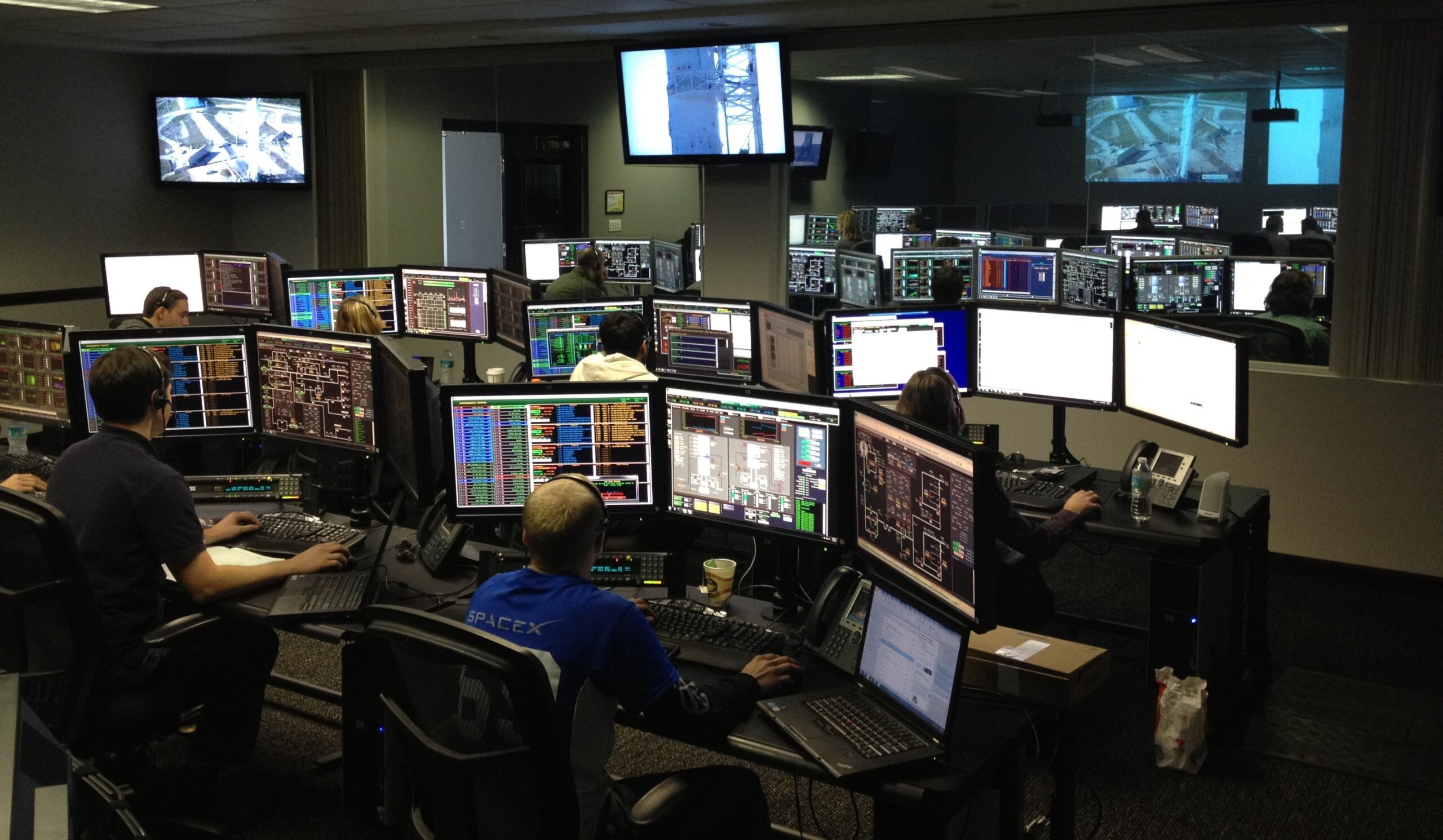Address
304 North Cardinal St.
Dorchester Center, MA 02124
Work Hours
Monday to Friday: 7AM - 7PM
Weekend: 10AM - 5PM

In today’s fast-paced digital landscape, where businesses rely heavily on technology, infrastructure optimization has become more critical than ever. Ensuring that your IT infrastructure operates at peak efficiency can lead to cost savings, improved performance, and enhanced security. In this article, we will explore five key strategies for infrastructure optimization that can help your organization thrive in the digital age.
Optimizing your infrastructure begins with streamlining operations. It involves assessing your existing processes and identifying areas where efficiency can be improved. By doing so, you can eliminate bottlenecks and reduce unnecessary resource usage.
One of the primary benefits of streamlining operations is cost reduction. When your operations are more efficient, you save both time and money. Additionally, streamlined processes lead to better resource allocation and improved customer satisfaction.
To streamline operations effectively, follow these steps:
Cloud integration is a vital strategy for infrastructure optimization due to its scalability and agility. Cloud services offer the flexibility to scale resources up or down as needed, ensuring that you always have the right amount of computing power.
Migrating to the cloud can be a complex process, but when done right, it ensures a smooth transition. Work with experienced cloud migration experts to minimize disruptions and maintain data integrity.
Automation and artificial intelligence (AI) play a crucial role in infrastructure optimization. AI can analyze vast amounts of data to identify patterns and anomalies, helping you make data-driven decisions quickly.
Implement automation tools for tasks like server provisioning, security monitoring, and resource allocation. AI-driven insights can inform your optimization strategies, ensuring continuous improvement.
In an era of increasing cyber threats, security must be a top priority. Infrastructure optimization includes robust security measures to protect your data and systems.
Address cybersecurity challenges by:
Real-time performance monitoring is essential for infrastructure optimization. It allows you to identify issues as they occur and take immediate corrective actions.
Utilize monitoring solutions that provide insights into system performance, application responsiveness, and network latency. These tools offer proactive alerts to prevent downtime and slowdowns.
Embracing infrastructure optimization is a strategic move that can transform your organization. By streamlining operations, integrating with the cloud, harnessing automation and AI, enhancing security, and closely monitoring performance, you pave the way for continuous improvement. Stay proactive, adapt to emerging technologies, and make optimization a fundamental part of your business strategy.
In a world where technology continues to evolve at breakneck speed, infrastructure optimization is not a one-time effort but an ongoing journey. The five strategies discussed in this article are the cornerstones of a robust optimization plan. Remember that staying ahead in the digital age requires a commitment to adapt, innovate, and optimize continually.
1. What is infrastructure optimization? Infrastructure optimization is the process of improving the efficiency, performance, and security of an organization’s IT infrastructure. It involves streamlining operations, integrating with the cloud, using automation and AI, enhancing security, and monitoring performance.
2. Why is cloud integration important for infrastructure optimization? Cloud integration offers scalability and agility, allowing organizations to scale their resources as needed. This flexibility ensures that infrastructure can adapt to changing demands, leading to cost savings and improved performance.
3. How can automation and AI benefit infrastructure optimization? Automation and AI can improve efficiency by automating repetitive tasks and providing data-driven insights. AI can analyze large datasets to identify optimization opportunities, leading to better decision-making.
4. What are the cybersecurity challenges in infrastructure optimization? Cybersecurity challenges include the risk of data breaches, ransomware attacks, and other cyber threats. Infrastructure optimization should include robust security measures, such as regular updates, multifactor authentication, and security training for employees.
5. Why is real-time performance monitoring crucial for infrastructure optimization? Real-time performance monitoring allows organizations to identify and address issues as they occur, preventing downtime and performance bottlenecks. It provides actionable insights to maintain optimal infrastructure performance.